Map of Cao Bang: Your essential travel guide to the majestic borderland
Tucked away at the edge of Vietnam’s northern mountains, Cao Bang is a destination that invites curiosity and wonder. Here, the hum of daily life slows amid misty highlands, ancient villages, and landscapes shaped by time and legend. More than just a scenic retreat, Cao Bang carries the echoes of history—home to ethnic communities, time-worn trade routes, and revolutionary milestones. Let this guide and map of Cao Bang be your companion as you explore its hidden corners and cultural depth.
Geography & Administrative Divisions
Located in Vietnam’s far northeast, Cao Bang Province shares over 300 km of border with China, making it one of the country’s most significant frontier regions. The province lies within the Northeast (Đông Bắc) region and is known for its dramatic natural scenery—towering limestone karsts, winding rivers, deep valleys, and forested mountain passes that appeal to nature lovers and off-the-beaten-path travelers.
Here are some key geographical and administrative facts about Cao Bang:
Total area: approximately 6,700 km²
Population: around 533,000 people (as of the latest census)
Topography: mainly mountainous, with karst formations, plateaus, and river basins
Borders: shares an international border with Guangxi Province, China
Region: Northeast Vietnam
Administratively, Cao Bang includes:
1 provincial city: Cao Bang City (provincial capital)
12 districts: Bao Lac, Bao Lam, Ha Quang, Nguyen Binh, Hoa An, Thach An, Trung Khanh, Phuc Hoa, Pac Ngu, Thong Nong, Tra Linh, Ha Lang
Note: Some districts have merged recently due to administrative reforms. Always check the latest official map for the most accurate district boundaries.
Climate & Best Time to Visit
Thanks to its highland terrain, Cao Bang enjoys a cool mountain climate with all four seasons distinctly marked—mild springs, warm summers, crisp autumns, and chilly winters. This makes the province a year-round destination, but some periods are especially ideal for travel.
September to October is arguably the best time to visit. The rice terraces glow golden, Ban Gioc Waterfall flows at full strength, and the weather is dry and pleasant—perfect for trekking and sightseeing.
December to January brings a gentle winter charm with early blooming wildflowers like buckwheat and mustard, adding soft colors to the misty mountain landscape.
May to August is the rainy season. While the greenery is lush, heavy rains may cause muddy roads and landslides, especially in remote areas—travelers should plan accordingly.
Top Attractions & Natural Wonders
Cao Bang is home to some of Vietnam’s most stunning natural landscapes. From thunderous waterfalls and mysterious caves to peaceful lakes and sacred temples, the province offers a wide range of experiences for nature lovers, history buffs, and adventure seekers alike. Below are some of the must-visit attractions that showcase the very best of Cao Bang’s majestic beauty and spiritual depth.
Ban Gioc Waterfall—Vietnam’s Most Breathtaking Border Waterfall
Nestled along the Vietnam–China border, Ban Gioc Waterfall is a spectacular sight that must not be missed. Cascading down in layers over lush cliffs, this is one of the largest and most beautiful waterfalls in Southeast Asia. Its powerful yet serene beauty is especially magical during the rainy season, when the water flow is strongest. Surrounded by rice fields and bamboo groves, Ban Gioc also offers boat rides that take you right to the foot of the falls—perfect for photography lovers and nature seekers.
Nguom Ngao Cave—A Hidden Underground Wonderland
Just a few kilometers from Ban Gioc, Nguom Ngao Cave is a sprawling limestone cavern formed over millions of years. The cave stretches for over 2,100 meters, with only a portion open to visitors—but what you see is unforgettable. Inside, you’ll be greeted by dramatic stalactites and stalagmites shaped like waterfalls, animals, and even lotus flowers. Soft lighting and walkways make exploration safe and atmospheric, turning this into a magical underground experience.
Pác Bó Historical Site & Lenin Stream – Where History Runs Deep
Located in Ha Quang District, Pác Bó is a sacred place in Vietnamese revolutionary history. It was here that President Ho Chi Minh lived and worked after returning to Vietnam in 1941, laying the foundations for national liberation. The site includes Coc Bo Cave, Lenin Stream, and memorial structures surrounded by peaceful mountains. Pác Bó isn’t just a historical destination—it’s a spiritual journey into the roots of Vietnamese resilience.
Thang Hen Lake—A Tranquil Highland Gem
Set amidst rocky peaks and dense forests, Thang Hen Lake is a serene, jade-green body of water located in Tra Linh District. This highland lake is known for its mirror-like surface, reflecting the sky and surrounding cliffs like a painting. During certain months, water mysteriously disappears overnight and reappears the next day, creating a natural phenomenon that adds to its mystique. Ideal for picnics, camping, or simply taking in the scenery.
Truc Lam Ban Gioc Zen Monastery – Spiritual Calm Amid Rugged Beauty
Perched on a hillside overlooking Ban Gioc Waterfall, the Truc Lam Ban Gioc Zen Monastery offers a peaceful space to reflect and admire the majestic scenery. Built in traditional Vietnamese Buddhist style, the monastery features tiled roofs, stone walkways, and panoramic views of the waterfall and surrounding valley. Whether you’re spiritual or simply looking for a quiet spot away from crowds, this temple invites mindfulness and awe.
Pac Bo National Park—Nature & Legacy Intertwined
More than just a green space, Pac Bo National Park encompasses a rich ecosystem along with significant historical sites. Trails here wind through dense forest, karst peaks, and along streams once walked by revolutionaries. It’s a great spot for hiking, birdwatching, and learning about Cao Bang’s intertwined natural and political history.
Cuisine & Local Specialties
A journey to Cao Bang wouldn’t be complete without savoring its distinctive highland flavors. Influenced by the province’s ethnic diversity and mountainous landscape, Cao Bang’s cuisine is rustic, hearty, anharacter. From traditional snacks passed down through generations to savory dishes seasoned with forest herbs, the food here tells stories of both land and people. Whether you’re stopping at a roadside market or sitting down in a family-run eatery, these regional specialties will leave a lasting impression.
Bánh Cuốn Cao Bằng – Steamed Rolls with Bone Broth Twist
Unlike the usual southern-style bánh cuốn served with dipping sauce, Cao Bang’s version features delicate rice rolls filled with minced pork and wood ear mushrooms but served in a rich pork bone broth. Topped with Vietnamese pork sausage (chả lụa) and crispy shallots, this warm, savory breakfast dish is a local favorite on chilly mornings. Try it fresh at small family-run eateries in Cao Bang City, especially near morning markets.
Bánh Trứng Kiến – Ant Egg Cake, a Rare Ethnic Delicacy
A truly unique dish from the Tay and Nung communities, bánh trứng kiến (ant egg cake) is made with glutinous rice flour and a filling of black ant eggs, mixed with roasted peanuts and seasonings. Don’t worry—it’s not as intimidating as it sounds! The texture is soft and chewy, with a mild nutty flavor. This seasonal treat is usually found during spring to early summer, and is best sampled in ethnic villages in Nguyen Binh or Ha Quang.
Cá Trầm Hương – Tram Huong Fish
Native to the clean streams of Cao Bang’s limestone hills, cá trầm hương (lit. “aquilaria-scented fish”) is a local freshwater species known for its tender meat and herbal aroma. It’s often grilled in bamboo tubes or cooked in clay pots with forest herbs, giving it a distinct, earthy flavor. This dish is best enjoyed at rural homestays or nature lodges near Thang Hen Lake or Ha Lang District.
Bánh Áp Chao – Deep-Fried Sticky Rice Pancakes
Crunchy on the outside, soft and savory inside, bánh áp chao is a northern specialty especially popular during winter. The dish consists of rice flour batter filled with duck meat, then deep-fried to golden perfection. It’s usually served with pickled papaya and a dipping sauce made from garlic and chili, offering a delightful contrast of textures and flavors. You’ll find the best bánh áp chao at evening street food stalls in Cao Bang City.
Sour Noodle Soup (Phở Chua)—A Cool, Tangy Twist on Pho
Unlike the steaming bowl of pho you might expect, phở chua is a cool, tangy noodle salad layered with roasted duck, pork belly, pickled veggies, and a signature sour-sweet sauce. It’s a light yet flavorful dish that reflects the creativity of Cao Bang’s culinary culture. Best enjoyed in the dry season, this refreshing meal can be found at local eateries in Hoa An and Nguyen Binh.
Trung Khanh Chestnuts—A Nutty Local Treasure
Cao Bang is famous for its Trung Khanh chestnuts, grown only in the border district of the same name. These nuts are smaller than imported varieties but have a buttery, fragrant flavor when roasted. During harvest season (September to November), street vendors roast chestnuts on charcoal grills, filling the air with an irresistible aroma. Don’t forget to buy a few bags to snack on—or bring home as gifts.
Xôi Trám – Sticky Rice with Black Olives
A colorful and rare treat, xôi trám combines glutinous rice with trám đen (a local black olive-like fruit). The fruit is boiled and mixed into warm rice, giving the dish a distinctive purplish-black hue and a subtle, savory-sweet taste. This is a must-try during harvest season in the fall, often served during festivals or as an offering in village rituals. Look for it in rural markets or community fairs.
Culture & Festivals
Ethnic Diversity—A Tapestry of Tay, Nung, Dao & More
Cao Bang is a cultural mosaic, home to over 95% ethnic minorities, with the Tay, Nung, and Dao being the largest communities. Each group brings its own language, dress, customs, and cuisine to daily life. Villages here are often built along rivers or nestled in valleys, where traditional stilt houses stand amid rice fields and forested hills. Travelers will encounter locals wearing indigo-dyed clothing, weaving bamboo baskets, or singing folk songs passed down for generations. This deep-rooted diversity gives Cao Bang a rhythm and identity unlike any other region in Vietnam.
Traditional Arts—Songs, Dances, and Spiritual Rituals
Among the most captivating cultural experiences in Cao Bang are its oral traditions and performance arts. The Then singing of the Tay people—recognized as UNESCO Intangible Cultural Heritage—is both spiritual and poetic, often accompanied by a gourd lute and ceremonial dances. Festivals and community gatherings also feature lion dancing, stick dances, and vibrant costumes. Visitors may be invited to watch or even join in these performances at local homestays or village events, offering a heartfelt look into how tradition remains alive and evolving.
Lồng Tồng Festival – Welcoming a Bountiful Harvest
Held every spring after the Lunar New Year, the Lồng Tồng Festival (literally “Going Down to the Fields”) is the most important agricultural celebration for the Tay and Nung people. It features rituals to honor the Land God and ask for favorable weather, good crops, and peace. Locals dress in their finest garments and gather for folk games, music, and food sharing. A colorful event of both spiritual depth and joyful community, the festival is best experienced in rural districts like Trung Khanh, Nguyen Binh, or Ha Quang.
Craft Villages—Where Tradition Lives by Hand
Scattered across Cao Bang are traditional craft villages where generations have passed down skills like brocade weaving, bamboo crafting, and blacksmithing. Villages such as Phuc Sen in Quang Uyen District are known for hand-forged knives and tools, while others specialize in textiles or paper-making. A visit to these communities offers a deeper understanding of local livelihoods—and often the chance to bring home a meaningful, handmade souvenir.
Conclusion – Your Invitation to Explore Cao Bang
From towering waterfalls and mystical caves to centuries-old villages and ethnic melodies echoing through the mountains, Cao Bang is more than just a remote province—it’s a soulful destination that awakens your sense of wonder. Whether you’re tracing the footsteps of history, sampling highland delicacies, or wandering through landscapes untouched by time, Cao Bang offers authentic beauty and cultural richness in every step. Start planning your journey to Cao Bang today—and let this majestic borderland surprise you in the most unforgettable ways.
Send us your comments about : Map of Cao Bang: Your essential travel guide to the majestic borderland
Required fields *
You might also be interested
Travel ideas
Need some inspiration? Discover some of the best tours in Vietnam, which are highly appreciated by our clients. An excellent starting point to help you choose the right trip to Vietnam, Laos, Cambodia, Burma or Thailand, whether you are traveling alone, as a couple, as a family or with friends.
And because this trip is yours, feel free to customize it as you wish!
Vietnam Cambodia Itinerary 14 Days
Hanoi – Hoa Binh – Mai Chau – Ninh Binh – Halong bay – Hue - Danang – Hoian – Saigon – Ben Tre - Can Tho – Saigon - Siem Reap Angkor - Tonlé Sap - Siem Reap – Ta Prohm - Departure
Vietnam 14 Day Itinerary
Vietnam 14-day itinerary covers the country’s top highlights and quintessential experiences for an unforgettable journey.
Honeymoon Tour Pakcages In Vietnam 12 Days
Saigon Arrival - City Tour – Mekong Delta – Danang – Hoian - by flight - Da Nang – Hanoi - by flight – Halong - overnight on junk – Departure
Authentic Hoang Su Phi Trekking Tours
Hoang Su Phi trekking tours take you to stunning terraces, meet few tourists, connect with locals and enjoy authentic culture.
Best Nha Trang Beach Tour 4 Days
Saigon/Hanoi – Nha Trang relaxation – Saigon/Hanoi – Departure
Mekong Delta Bike Tour Itinerary 7 Days
Cycle through the Mekong Delta in 7 days, discovering floating markets, orchards, craft villages, and tranquil green islands.
Are you interested in this tour?



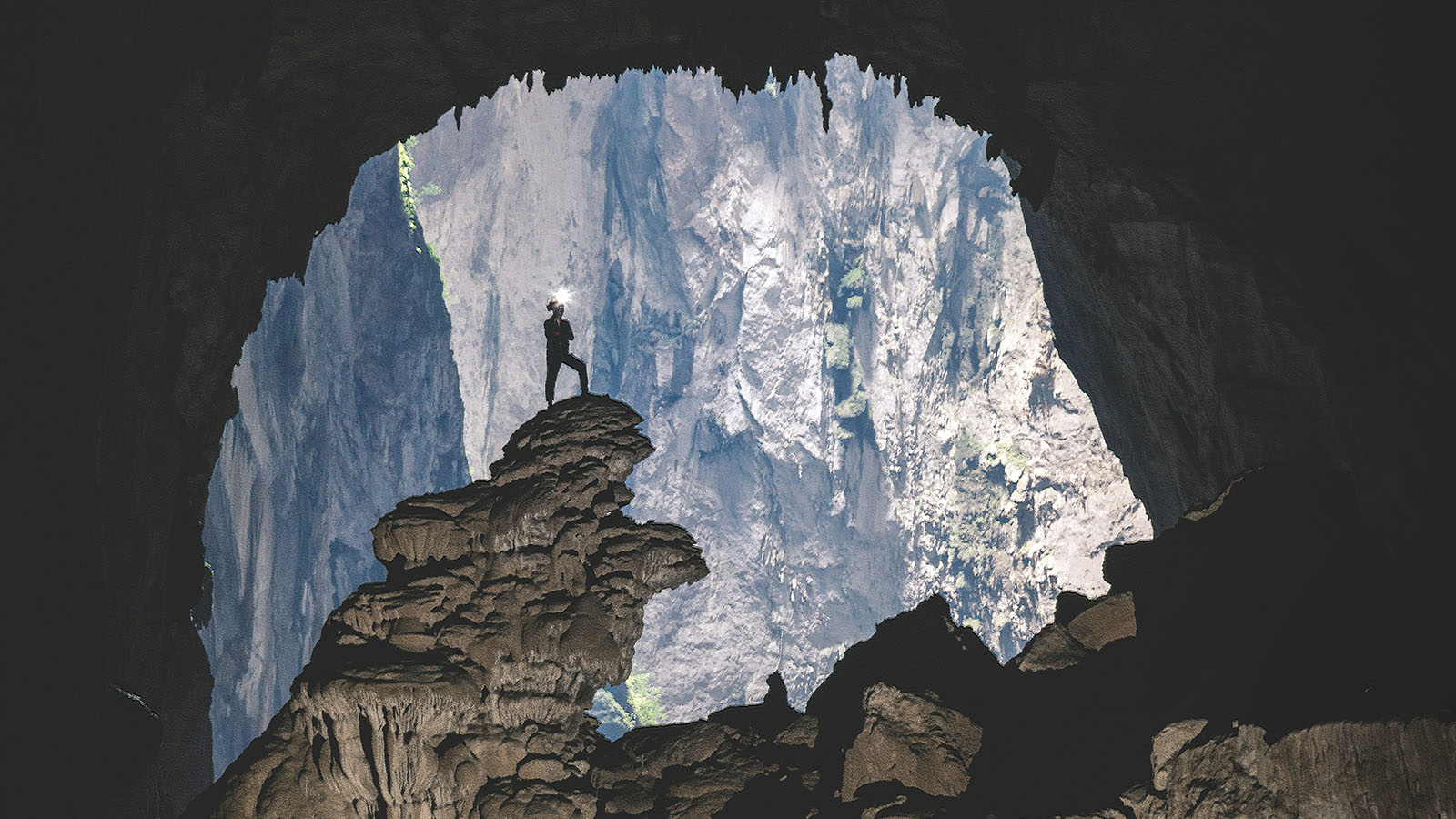





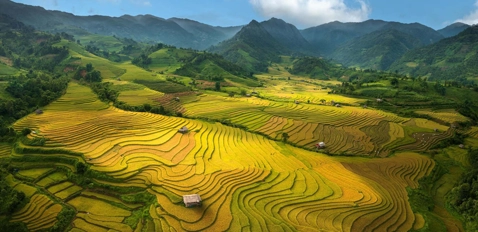





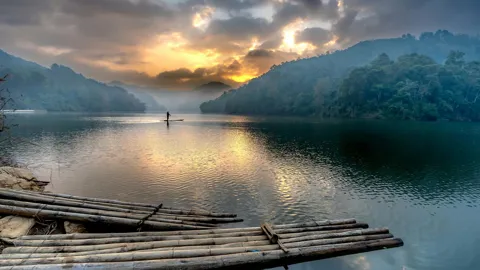

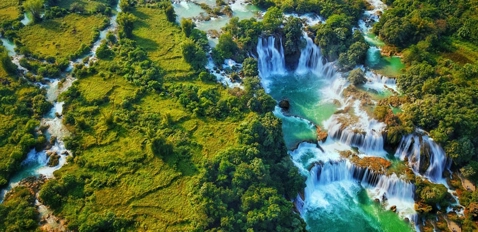

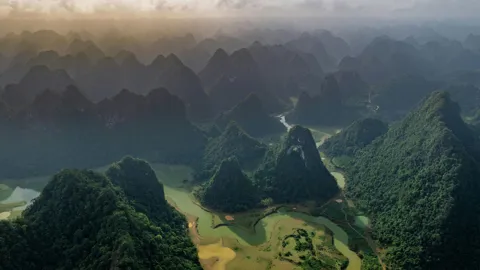
















Comment